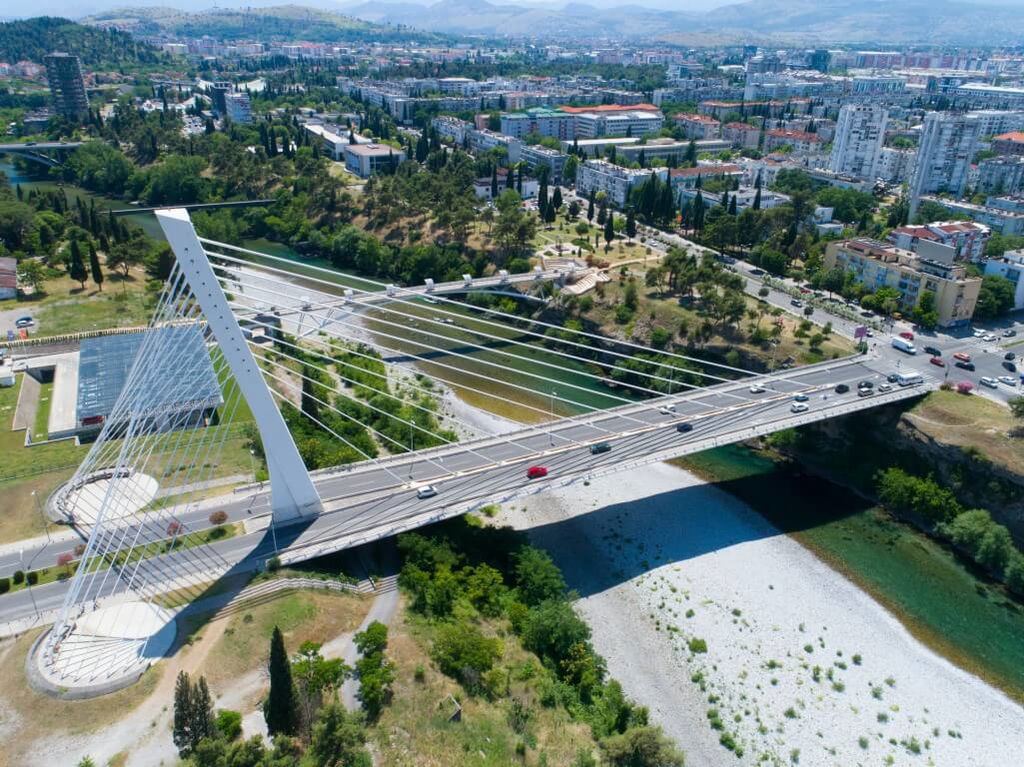Montenegro
Life in Montenegro, in the south of the Adriatic Sea, is slow and simple, nature is incredibly beautiful, and in some places extremely wild. Everyone agrees with this, and in terms of the population, opinions are divided: some adore their comfortableness and want to transfer it to this useless world, while others are hardly forgiving and even more difficult to understand proverbial slowness and phlegmatic.
Social welfare in the country is high, although revenues are low for European conditions. Health and education are publicly available. There are two airports - in the capital city Podgorica and on the coast, only half an hour from the border, there is an airport in Dubrovnik. Road and Internet connections are good in the urban parts of the country, whereas they are considerably weaker in the villages.
Unfortunately, many visitors stay only on the shore which is beautiful, and exceptionally visited in summer, especially Budva and the Bay of Kotor. We say unfortunately because the greatest beauties of Montenegro are hidden in its hills and in beautiful, very wild, and still clean rivers in intertwined inland. The landscape is dramatic, and a very small number of tourists gives it a special charm.
The country is safe, but still captured by the classical socialist bureaucracy. Also, culture is still traditional. The life of foreigners is to a certain extent limited by the residents’ poor knowledge of foreign languages, although the residents compensate this with good will and hospitality.
Podgorica
One of the smallest European capitals - Podgorica, perhaps not as famous as the beautiful Montenegrin coast, but certainly deserves to have its fans. The city is small, enchanting, and has everything that makes Balkan so special and authentic: a lively culture of socializing in taverns, excellent food and beautiful natural surrounding. It lies in the valley of the Skadar Lake, and through the city, the eternal pride of the locals, the beautiful river Morača is flowing. You can cross the city center by foot and enjoy beautiful views of the river or visit the galleries and parks.

Budva
Budva is a metropolis of Montenegrin tourism, surrounded by 21 km long sandy beaches and accommodation for every taste. In addition to the natural beauty of the coast, which is known as one of the most beautiful in the world, and the islands that beautify the Budva bay, its greatest fortune is an extremely historical heritage. The old part of the city lies on the peninsula and it is a treasure chest of historical treasures. It is interwoven with narrow streets and small squares, full of ancient churches and other beautiful historic buildings in which the taverns, restaurants, shops and galleries are located. During the summer, the entire peninsula is turned into the City Theater and hosts numerous local performances and spectacles.

Sveti Stefan
If Budva is a treasure chest, Sveti Stefan is a tourist royal jewel. The island, once a fishing village, is now one of the most beautiful resorts in the Mediterranean, which was connected with the coast by a narrow sand spruce made by the sea, while later it was surrounded by the wall. The rocky island on which only a hundred people live, has preserved ancient architecture and exterior design, so now it looks like a stingy settlement of stony 15th-century fishing houses. However, the buildings are actually converted into modern luxurious apartments, villas with private pools, hotel rooms, wellness, shops, restaurants and taverns. In the vicinity, on the mainland, in the shade of lush vegetation, there are extremely beautiful sandy beaches.

Kotor
More than 2,000 years old Kotor is a true masterpiece of the walls and fortresses. Anchored deep into the bay and surrounded with dark mountains, as if it had stopped in time. Among the narrow rocky streets of the old part of the city pass ghosts and whisper old legends and half-forgotten fairy tales, play with the wind that curves the wave and blows along the winding coastal road. The road that leads from Kotor along the edge of one of the most beautiful seaports in Europe, Bay of Kotor. Along the way, new small bays and channels always appear, as well as new towns by the sea. The entire bay is a legitimate part of the world heritage of UNESCO and one of the most visited sights on the Adriatic.

